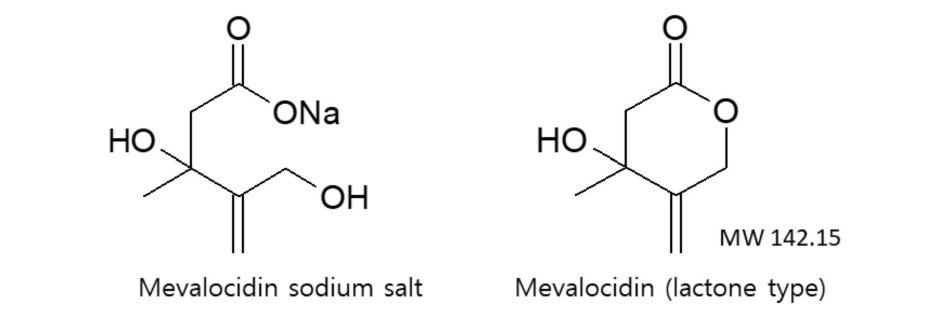Abstract
Modulating shoot architecture in many agricultural, horticultural, and ornamental industries, is important in increasing the yield and quality of their products. This study was conducted to investigate the possibility to use mevalocidin as a new plant growth regulator for thinning and lateral shoot induction. Mevalocidin which was discovered from static cultures of two fungal isolates by Dow Agrosciences, were sprayed with various rates at the seedlings of five crops (tomato, pepper, soybean, sweet potato, and perilla) and investigated several cultural traits such as shoot growth, lateral shoot induction and length. As a results, mevalocidin was seemed to rapidly move into shoot tip and selectively killed an apical meristem part or inhibit its growth at a proper dosage. Then the induced-lateral shoots were grown rapidly, showing that the chemical was easily metabolized in plant. Generally mevalocidin at 2-4 kg ha-1 (500-1,000 ppm) led effectively to kill the apical part although the proper rate was different to crop species. On the other hand, The lower rate of mevalocidin (1-3 kg ha-1, 250-750 ppm) were effective for height control and lateral branching through the break of apical dominance. Therefore, it seemed that mevalocidin, natural phytotoxin from microorganism metabolites, could be used as a new eco-friendly plant growth regulator for thinning and lateral shoot induction for agricultural, horticultural, and ornamental industries.
Figures & Tables

Fig. 1. Chemical structures of mevalocidin.


